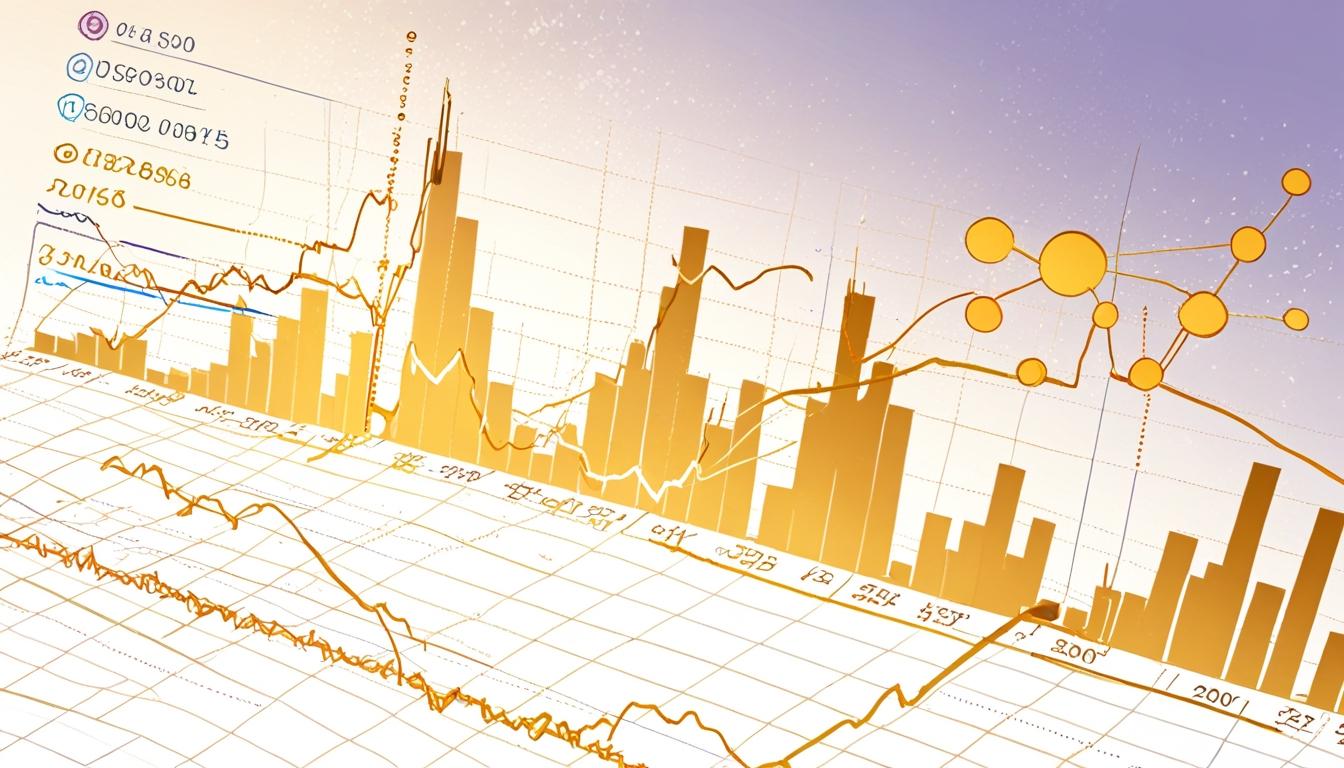The Financial Times has released a series of articles addressing critical economic trends and technological developments that currently shape the global market landscape.
One notable highlight is the surge in gold prices, which have soared to nearly $3,000 per troy ounce, marking a seven per cent increase since Donald Trump assumed the presidency in January 2017. This increase stands in contrast to the S&P 500, which rose less than two per cent during the same timeframe, and the US dollar, which depreciated by 2.4 per cent against a range of other currencies. Financial analysts at UBS and Citigroup forecast that this bullish trend in gold will continue. The article suggests an in-depth discussion on the market dynamics influencing gold prices, including demand-side factors, the implications of US tariffs, and the role of interest rates and central banking actions.
In another significant report, it has been observed that US corporations are defaulting on loans at their highest rate in over eight years. Analysts express concern that this increase is partially attributable to recent tariffs imposed on trade. The spike in loan delinquencies may signal broader economic challenges, prompting discussions on how various sectors may respond to these difficulties and the potential effects on the financial well-being of companies and investors alike.
The Financial Times also covered the rise of DeepSeek, a small Chinese AI start-up that has developed a large-scale language model using a modest budget. This model can learn and improve independently, challenging established tech giants and altering competitive dynamics in the artificial intelligence sector. The article presents a case study for discussions surrounding disruptive innovation, competitive strategies, and the implications of DeepSeek's advances for established industry players.
A separate piece discusses efforts from UK and North American start-ups aimed at reducing dependence on China for rare earth minerals. These companies are innovating by recycling electronic waste to extract valuable resources necessary for sustainable technologies. One highlighted example is HyProMag, which is expanding operations to create a more decentralised and sustainable supply chain for rare earth production, reflecting growing emphasis on sustainability in manufacturing.
Lastly, there is an emerging trend among Generation Z employees who are increasingly reluctant to take on middle management roles. This demographic is leaning towards individual skill development rather than pursuing traditional management paths, often associating such roles with demanding hours and tedious responsibilities. This shift poses questions about the evolving nature of the corporate social contract and the future relevance of middle management structures in organisations.
The reports from the Financial Times provide significant insights into diverse economic and technological landscapes, offering rich material for analysis and discussion in educational settings.
Source: Noah Wire Services
